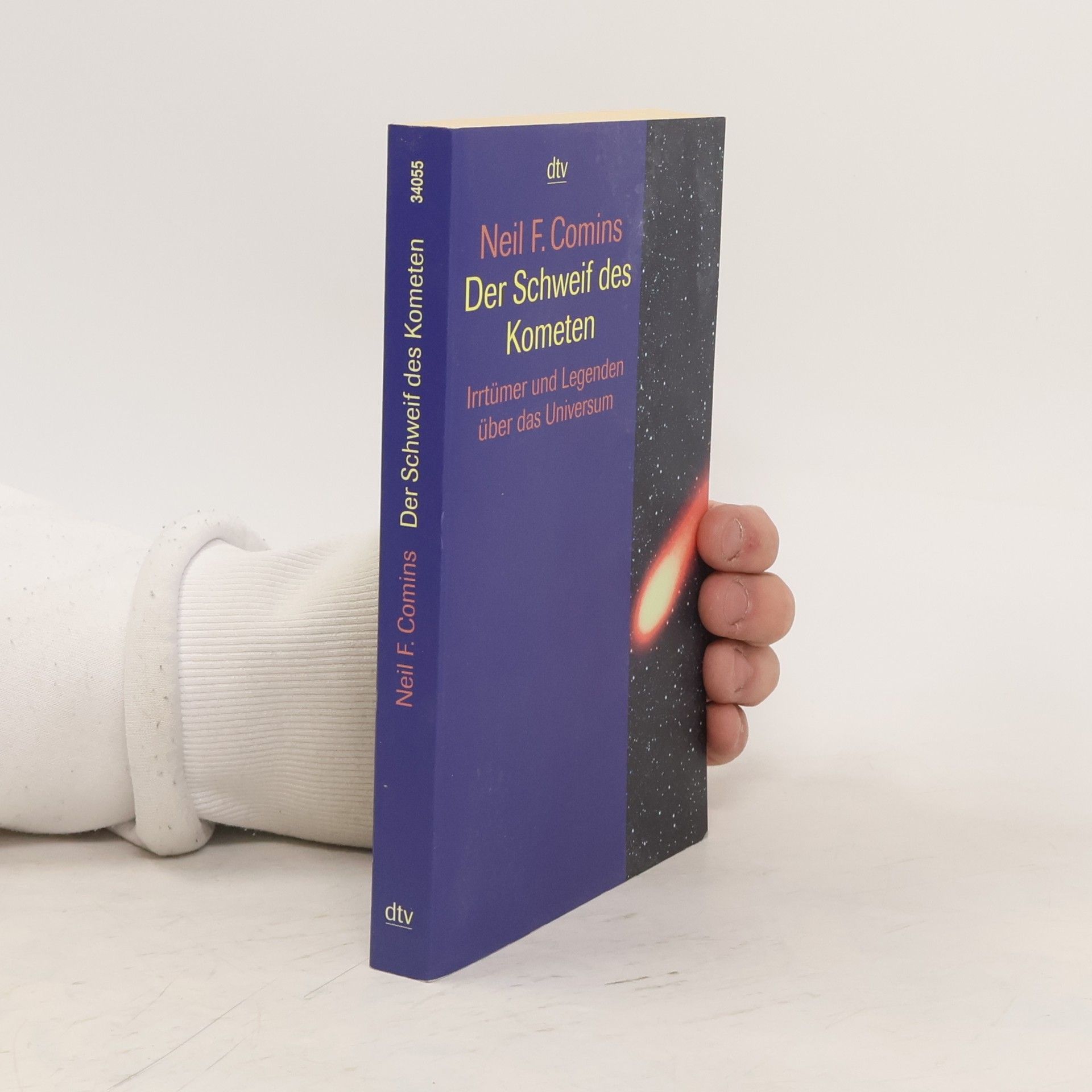»Es gibt mehr Irrtümer über Himmel und Erde, als uns gemeinhin bewusst ist.« Es ist im Sommer nicht wärmer, weil die Erde näher bei der Sonne ist. Schwarze Löcher sind weder Löcher noch schwarz, nicht alle Planeten sind rund und Kometen haben keinen Schweif. Das sind nur vier von ca. 1.500 populären Irrtümern über das All, anhand derer uns der Autor zeigt, dass gesunder Menschenverstand zwar nicht schadet, aber auch nicht ausreicht, um wirklich ein Verständnis von der Natur des Kosmos zu gewinnen. Manchmal täuschen einen auch schlicht die Sinne. Spannend und unterhaltsam klärt Neil Comins darüber auf, was »Sache« ist. Mindestens ebenso spannend: Wenn man die Ursache für solche Fehlschlüsse erkennt, kommt man seinen eigenen Denkfehlern auch jenseits kosmischer Einwirkung auf die Spur.
Neil F. Comins Knihy


Der amerikanische Lehrbuchklassiker für Collegekurse in Astronomie vermittelt einen Einstieg der besonderen Art: In seiner leicht lesbaren Sprache fast ganz ohne Formeln und mit zahlreichen Astrophotos und Illustrationen ist dieses Lehrbuch didaktisch raffiniert auf das Wesentliche reduziert, das Physikstudierende und angehende Physiklehrer wissen müssen und leicht lernen können; für Schüler und Hobbyastronomen bietet es sich zum autodidaktischen Lernen und Schmökern an - und am Ende bleiben nicht nur die wenigen wirklich wichtigen Formeln aus der Schulphysik nachhaltig im Gedächtnis.